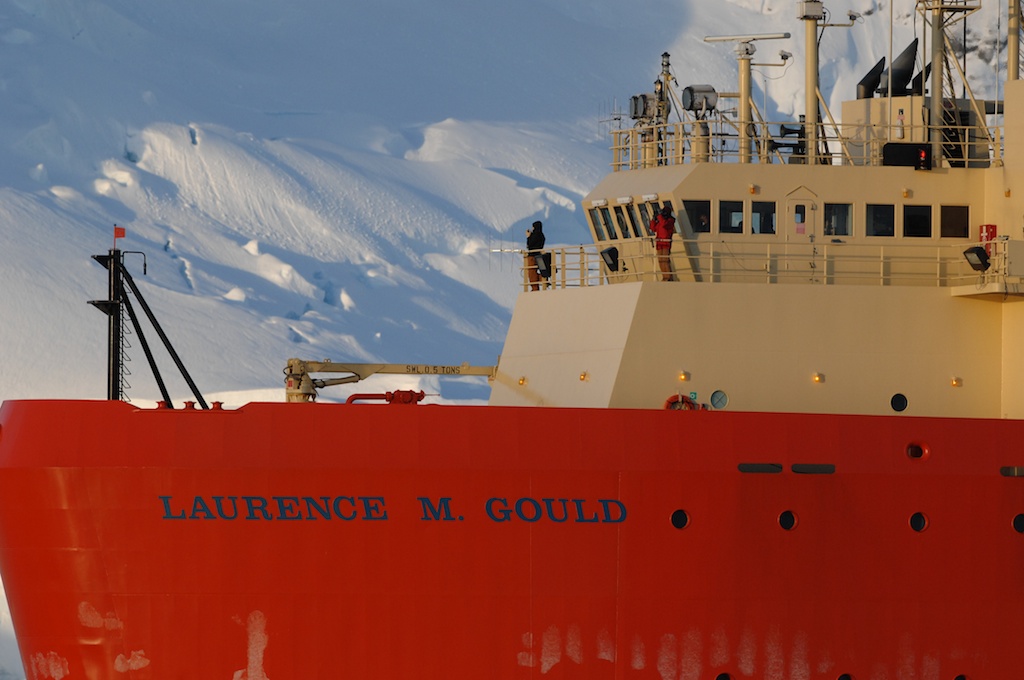New paper on humpback whale densities

We’ve just got a new paper published in Endangered Species Research that provides the first estimates of humpback whale density in the late fall/early winter in the waters of the Western Antarctic Peninsula (WAP). This work was conducted as part of the NSF-funded MISHAP project (PIs Nowacek and Friedlaender). The paper is available here:http://www.int-res.com/articles/esr_oa/n018p063.pdf
[photo size=’medium’ align=’left’ link=’http://superpod.ml.duke.edu/johnston/files/2011/10/GouldSurveys.jpg’ icon=’zoom’ lightbox=’image’]http://superpod.ml.duke.edu/johnston/files/2011/10/GouldSurveys.jpg[/photo]This paper presents the first details on extremely dense aggregations of humpback whales across the enclosed waters of the Gerlache Strait in the WAP region during the late Austral autumn, providing important information on how these animals structure their distributions during the period when many whales are leaving for low latitude breeding regions.
The fact that we detected such high whale densities in late season feeding aggregations across multiple bays poses interesting questions about the timing and needs for migrations to low latitudes, and the roles that large feeding aggregations may play in dynamics between krill, their predators and declining ice conditions in the WAP.
This paper makes novel use of dtag (Digital record tag) data to assess the visual availability of humpback whales during surveys, an important consideration for providing more accurate density estimates. This paper also really points out the challenges of executing line transect surveys and analyzing these data in poorly known locations with complex shorelines – useful for planning the analysis of future surveys in the region.
[photo size=’large’ align=’center’ link=’http://superpod.ml.duke.edu/johnston/files/2011/10/GouldtaggingELH.jpg’ icon=’zoom’ lightbox=’image’]http://superpod.ml.duke.edu/johnston/files/2011/10/GouldtaggingELH.jpg[/photo]